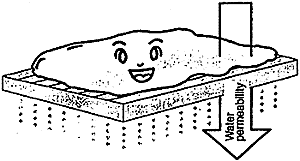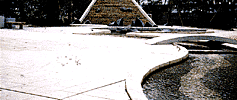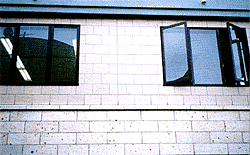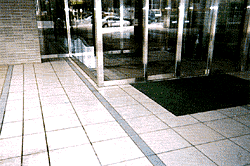Waste Treatment Technology in JAPAN
Recycling
In the light of limited capacity of available landfill sites, it is now strongly requested that incineration ashes produced from incineration facilities should be more positively reduced in size and properly disposed of so that the limited resources are used more effectively. To meet such requirements, ShinMaywa has developed a new tile production system that uses the incineration ashes for the material to produce building tiles.
2. High productivity realized by continuous burning for production.
3. Other than the incinerated ashes, such waste materials as molten slugs,
incinerated sludge ash, glass cullets, concrete rubbish (waste building
materials), waste casting sand are also well used to produce the tile.
* Typical dissolution test results: Ash tile containing 50% of incinerated ashes
produced under request from Y city.
3) Use of this tile is subsidized in Japan. This is because the Ministry of
Construction recommends this tile in their model project plans drawn for
development of common environment residential areas.
4) The ash tile is durable enough to meet JIS A 5202 Floor Tile Bending Strength.
* Properties of ash tile containing 50% of incinerated ashes produced under
request from Y city.
Park
Exterior wall
Entrance hall
(OUTLINE)
Making good use of unused materials such as incineration ashes and others, this system produces large-sized ceramic tiles, a highly value-added building material, that play an important role in giving a good appearance and preserving the environment.
(FEATURES)
1. An energy-saving, cold processing method is employed unlike the conventional
ash fusing method.
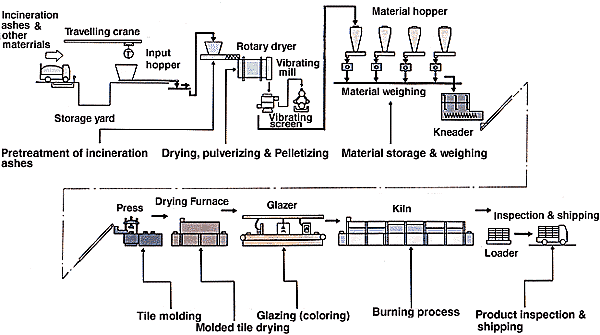
ADVANTAGES OF ASH TILE
1) The product ash tiles are completely harmless to human health. This is because
dissolution of heavy metals from the incinerated ashes is fully protected.
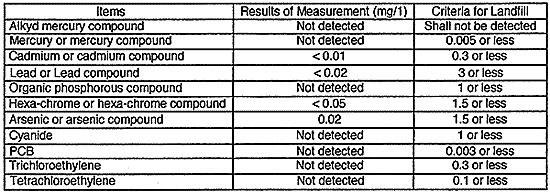
2) Once wet, this environment-friendly pavement tile continues to be moisturized
even in the dried atmosphere although it has an inherent permeable nature.
